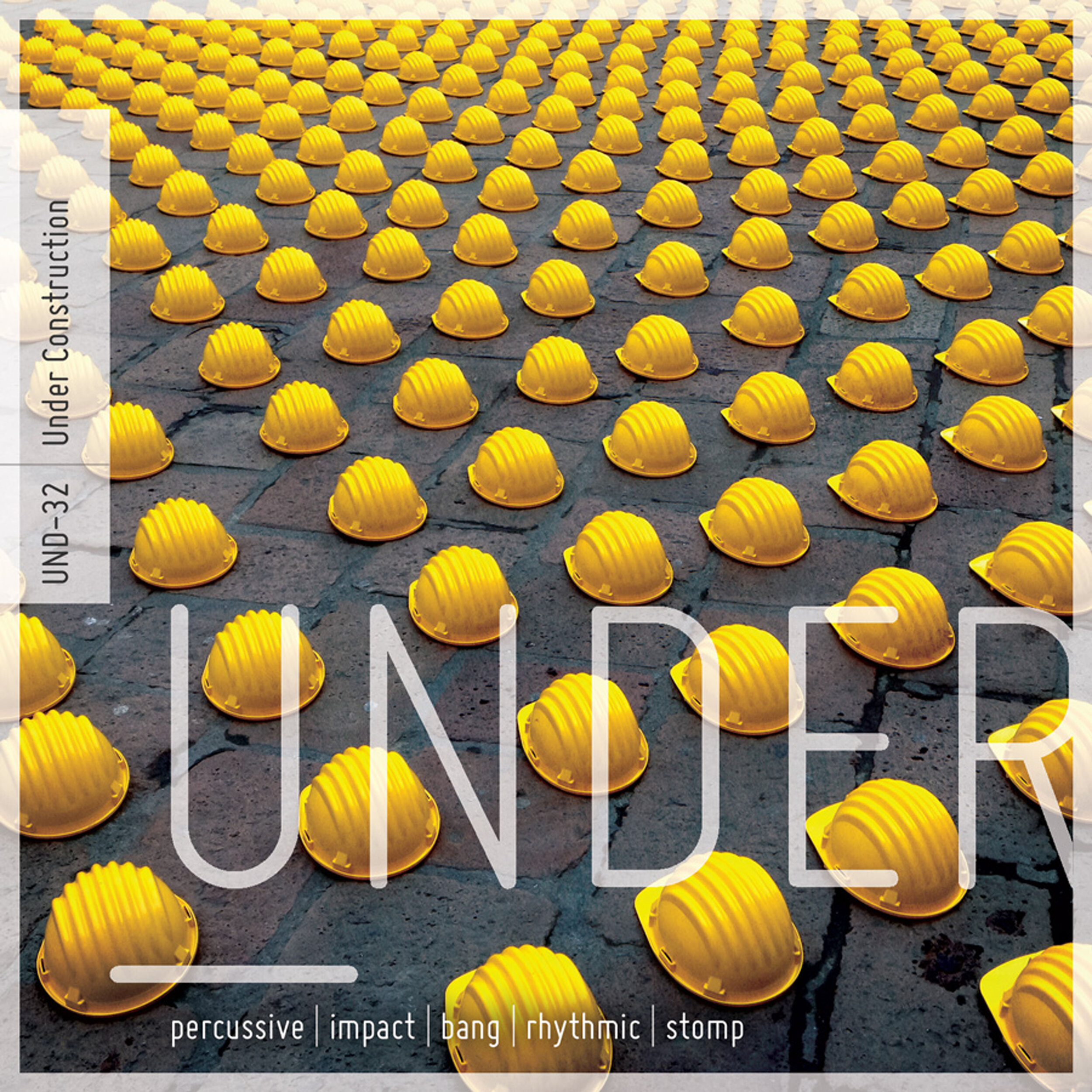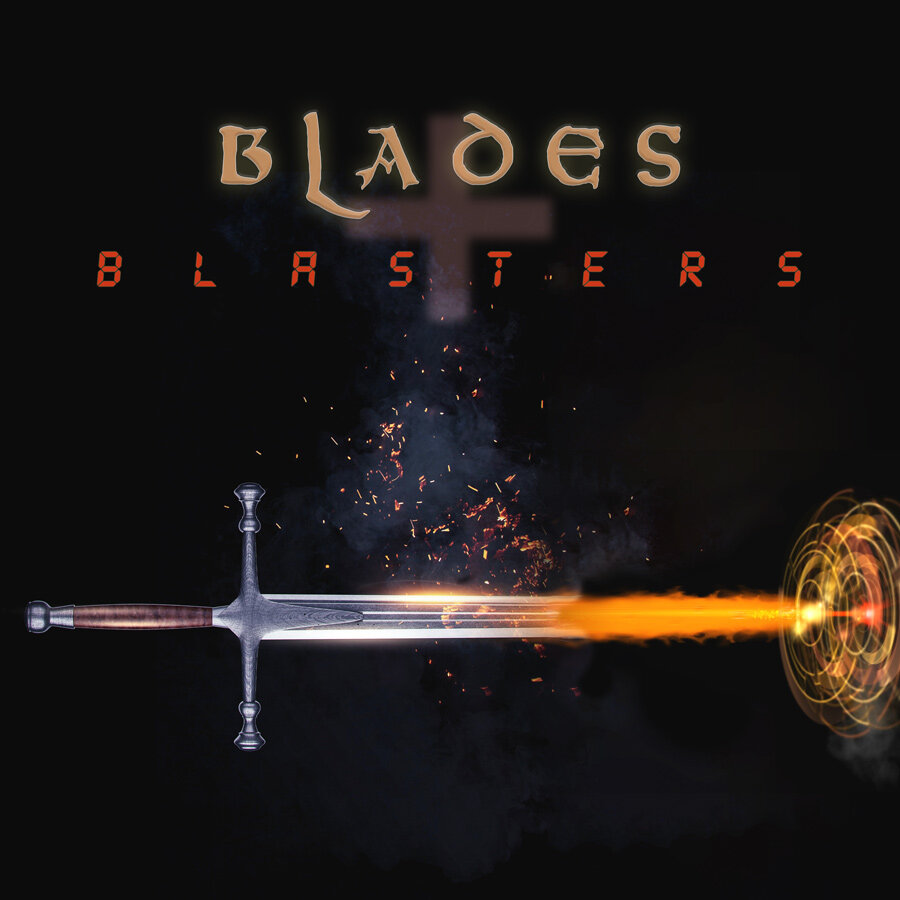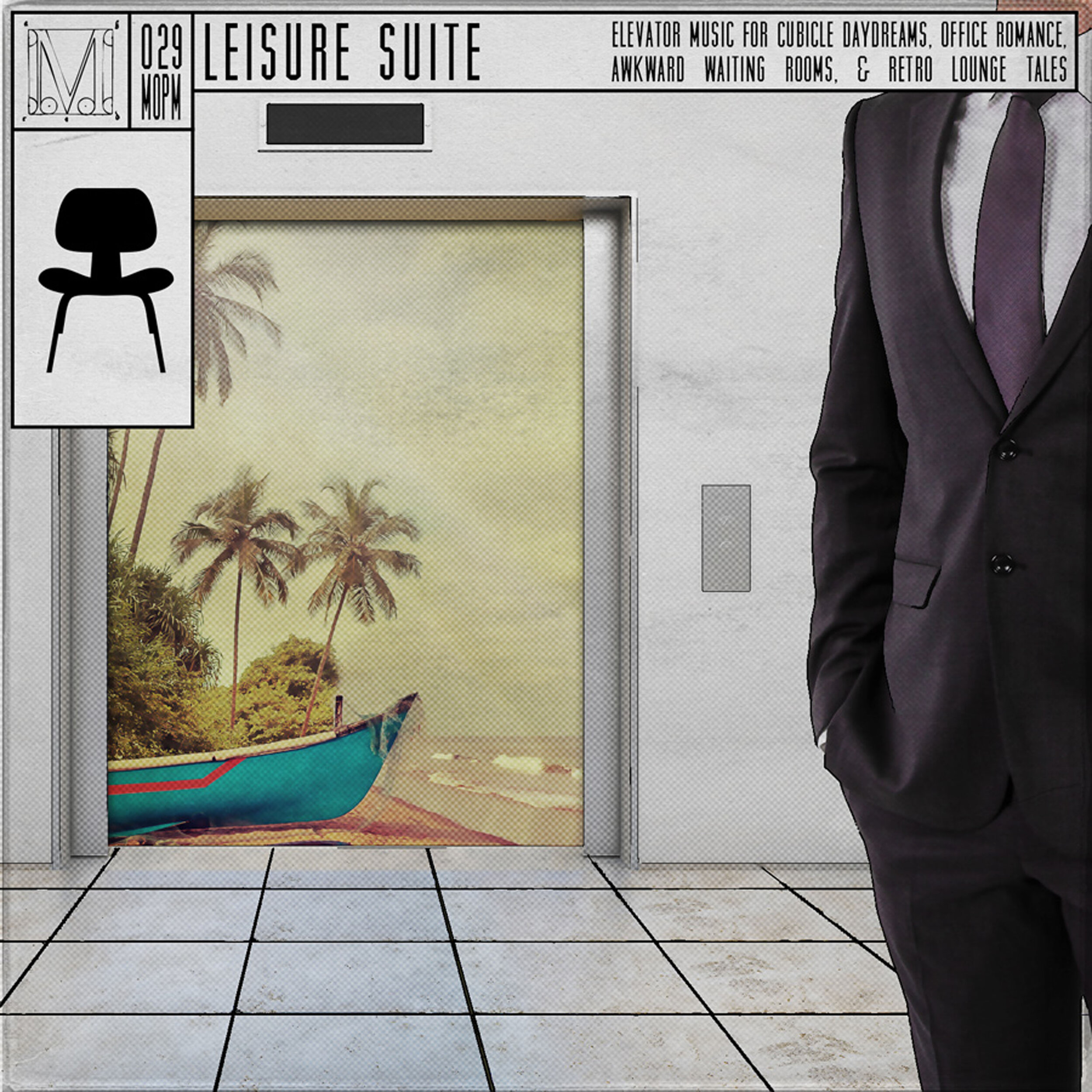Exploring the Sonic World of Story
(5 min read)
Working Class Audio is a favorite TLL podcast as evidenced by appearances from various team members and our continued sponsorship. Host Matt Boudreau brings on a wide variety of intriguing guests while expertly posing questions so audience members of any level can follow along. In a recent episode, Boudreau brought on outspoken sound designer Dallas Taylor.
Taylor is the Creative Director at Defacto Sound and is the host of his own sound-related podcast Twenty Thousand Hertz. Taylor’s passion for sound design is immediately evident saying, “The vast majority of the sonic world is not music and it’s gorgeous.”
“The vast majority of the sonic world is not music and it’s gorgeous.” — Dallas Taylor
What makes him even more fascinating are his ideas on how all sounds can and should be used more to support stories and messages. He outlines how opinions on sound have traditionally been dictated by an elite group of people (maybe the wrong people), the democratization of technology, how we live in a talent driven creative world, and of course his incredible podcast. Make sure you check out this episode. It’s challenging in all the right ways.
“Sound has never really had much of a seat at the creative table,” Taylor explains. “I wanted to make something that started getting culture more involved with this.” He accomplishes that on Twenty Thousand Hertz by being incredibly intentional about each episode’s story and the sonic elements that comprise the podcast. Those episodes then dive into the details of how the featured sound/story was created and why.
It’s all about the story.
Take the episodes “Pew Pew” and “Seinfeld” for example.
In “Pew Pew,” we take a tour through the sounds of the Star Wars universe with sound design legend Ben Burtt. No matter who you are, you’re likely to recognize the sound of dueling lightsabers, R2-D2’s childlike and emotive beeping, and Darth Vader’s laborious breathing. Each sound was created, assembled, and collected in service of the story, to build a world in which the audience can be immersed in this epic space opera and truly believe that there is a galaxy far far away.
Many sci-fi sounds are created by layering sounds that exist in our world. In this episode, they dissect a number of sounds including the swooping TIE fighter of the evil Galactic Empire and even try out some interesting additional options. “These alternate designs show how just one layer can change the ship’s entire emotional impact.” What was ultimately an elephant growl could have easily been a snake, bird, or whale. It just depended on what kind of response the ship needed to illicit to serve the story. The growl of the elephant embeds a primal fear into these ships that unconsciously leaves us with a clear understanding that a TIE fighter = Bad. Plenty of other iconic sounds are unpacked in this episode, but you’ll have to check it out for yourself to learn more.
These detailed approaches were created by challenging established rules, forging new paths, and avoiding shortcuts.
In the “Seinfeld” episode, the Twenty Thousand Hertz team tackles the theme from Jerry Seinfeld’s successful 90s sitcom. The signature “slap bass” theme was actually recreated every single episode to work around the jokes. Jonathan Wolff, the composer of countless hit theme songs including “Who’s The Boss?,” “Married With Children,” and “Will And Grace,” threw out the rule book on what a theme should be and created a completely different and original take on a sitcom’s music. Why? Because part of the vision for “The Seinfeld Chronicles” was that it opened with Jerry actually performing his standup. The usual catchy melody would distract from the jokes, so Wolff essentially created a rimshot rhythm to compliment the comedic timing of the performance. And since each joke is different, every episode needed a new rimshot performance as well. It wasn’t a cheap or easy task especially compared to other sitcoms, but it’s what the story needed.
Star Wars will always be revolutionary in so many ways, but the sound design helps us get lost in that universe and makes it believable.
Jerry Seinfeld will always be known as having written and starred in a hilarious show about nothing, but the detailed work of that oddball theme gave each episode of the show its own polished flavor and fingerprint.
These detailed approaches were created by challenging established rules, forging new paths, and avoiding shortcuts. Did I mention that each episode of Twenty Thousand Hertz can take between 200 - 250 hours to create? You can see the through line here. These are the ways that sound and music contribute to effectively telling a powerful and lasting story.





